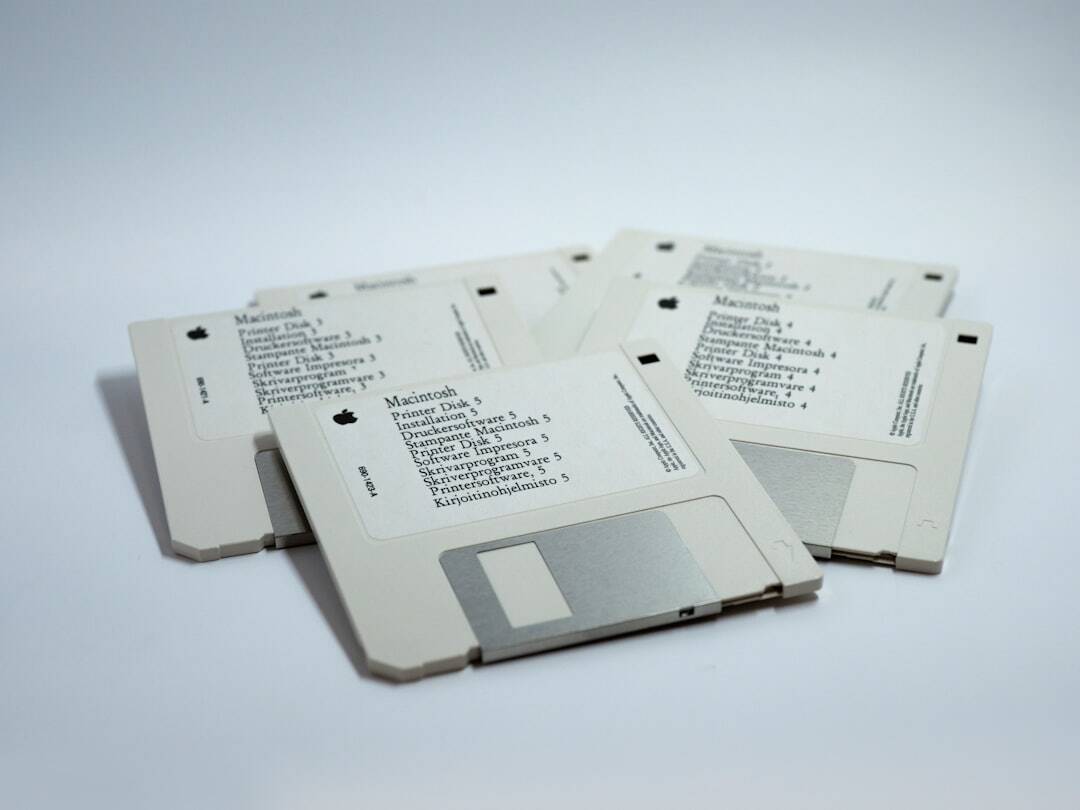Mac OS X users know the importance of having a reliable recovery solution. Whether due to accidental deletion, system failure, or software corruption, data loss can be a real headache. Fortunately, creating a Mac OS X Recovery Disk and recovering lost data has become easier thanks to Apple’s built-in tools and third-party applications. This guide walks users through the steps to set up their own recovery disk and briefly explores data recovery methods for lost or deleted files.
Why a Recovery Disk Is Essential
A Recovery Disk gives users a backup way to troubleshoot and fix their system when the main macOS installation isn’t working. It allows reinstallation of macOS, access to Disk Utility, system restoration from Time Machine backups, and more. Creating one ensures users won’t be locked out of their data in the event of a major failure or system crash.
How to Create a Mac OS X Recovery Disk
Before creating the disk, users need a USB flash drive with at least 8GB of storage. The following steps outline the process:
- Download macOS Installer: Go to the Mac App Store and download the installer for the version of macOS that matches your computer. Make sure not to install it yet—close the installer after it finishes downloading.
- Format the USB Drive:
- Open Disk Utility
- Select the USB drive and click Erase
- Choose Mac OS Extended (Journaled) as the format and GUID Partition Map as the scheme
- Click Erase again to confirm
- Create the Recovery Disk:
- Open the Terminal app
- Type the following command (replace “Untitled” with the name of your USB if different):
sudo /Applications/Install\ macOS\ [Your Version Here].app/Contents/Resources/createinstallmedia --volume /Volumes/Untitled - Press Enter and follow the prompts to complete the creation

The system will now create the recovery disk, which may take several minutes. Once completed, the USB drive will be bootable and ready to use in emergencies.
Recovering Lost Data on Mac OS X
Once a recovery disk is available, recovering lost files becomes more straightforward. If users still have access to the operating system, data can be retrieved using built-in features such as:
- Time Machine: If regularly backed up, Time Machine allows users to restore files or the system state to an earlier point.
- iCloud Drive: Files saved in iCloud can often be re-downloaded if deleted accidentally from the Mac’s local storage.
For missing or deleted data without backups, third-party tools are advisable.
Using Data Recovery Software
There are several reputable data recovery applications available for Mac OS X. These include:
- Disk Drill
- EaseUS Data Recovery Wizard
- Stellar Data Recovery
These programs scan the Mac’s internal and external drives for fragments of deleted files and give users the option to recover them. They are particularly helpful in cases where files were permanently deleted and not backed up elsewhere.

Tips to Prevent Future Data Loss
- Set up Time Machine backups and back up data regularly
- Use cloud storage solutions like iCloud, Google Drive, or Dropbox
- Maintain up-to-date antivirus protection and keep the system updated
- Handle file deletions cautiously; double-check before emptying the Trash
Conclusion
Creating a Mac OS X Recovery Disk is a proactive way to protect your system, and it can save time and stress in the event of a failure. Combined with regular backup practices and efficient data recovery tools, users can ensure their valuable files and system integrity are never permanently lost.
FAQs
- Q: Can I use the same recovery disk for different Mac models?
A: Generally yes, if the models support the same macOS version. Compatibility may vary if hardware differences exist. - Q: What happens if I format the drive incorrectly?
A: The recovery disk may not be recognized. Be sure to choose Mac OS Extended (Journaled) and GUID partition scheme. - Q: Is data recovery software safe?
A: Most reputable tools are safe to use. Always download from official sites and avoid those with poor reviews or unclear licensing. - Q: How much time does it take to recover lost data?
A: Recovery time depends on the drive’s size, the amount of data, and the software used. Typical scans range from minutes to hours. - Q: Does using Time Machine erase existing data?
A: No. Time Machine is designed to preserve your data and restore it without overwriting anything unless you specify otherwise.

